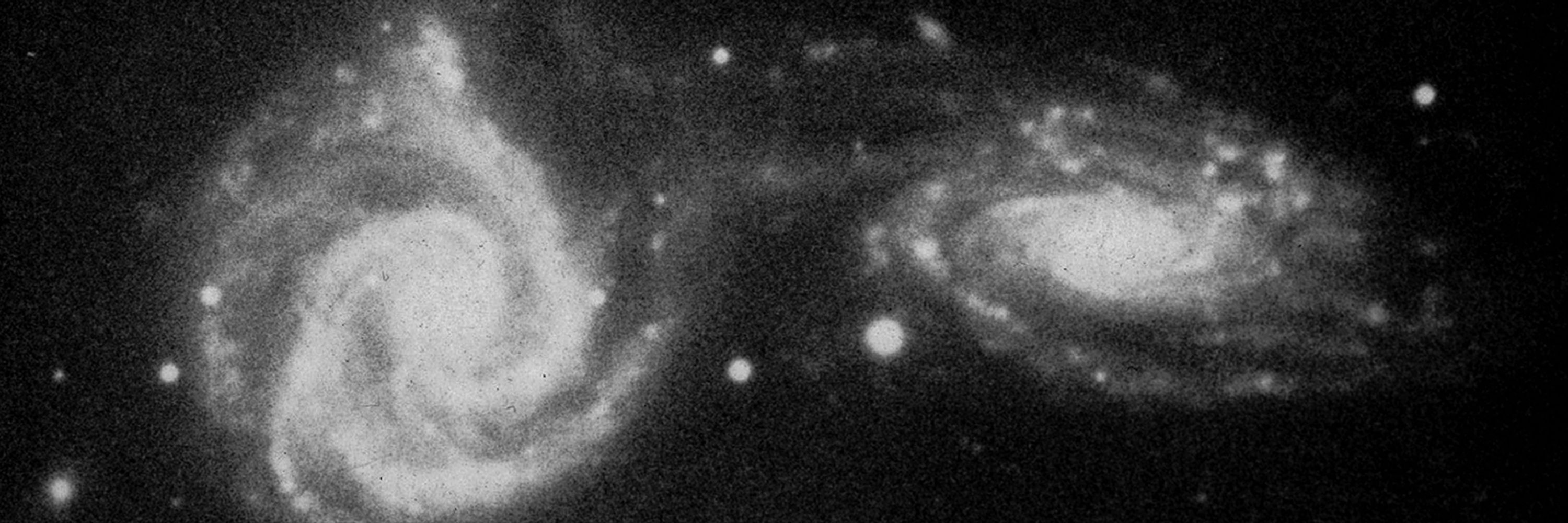Arp Bot 🤖
@arpbot.bsky.social
750 followers
13 following
570 posts
Posting images of galaxies in Halton Arp's Atlas of Peculiar Galaxies (1966).
Automated account. Image curation, descriptions, typos, and most alt text by astronomer @kellylepo.bsky.social.
See posts for credits and links to the original sources.
Posts
Media
Videos
Starter Packs
Pinned
Arp Bot 🤖
@arpbot.bsky.social
· Dec 21

























